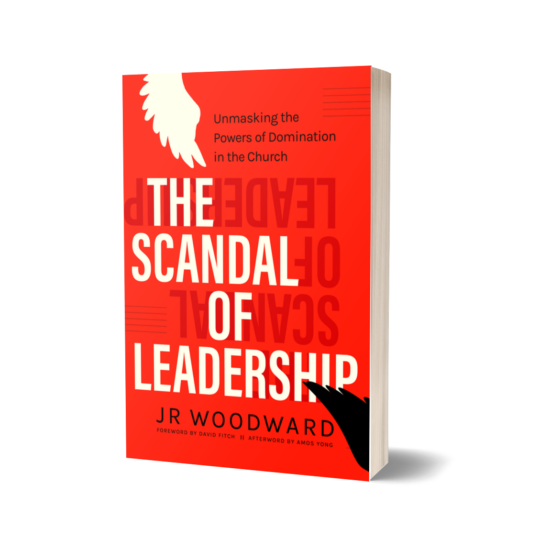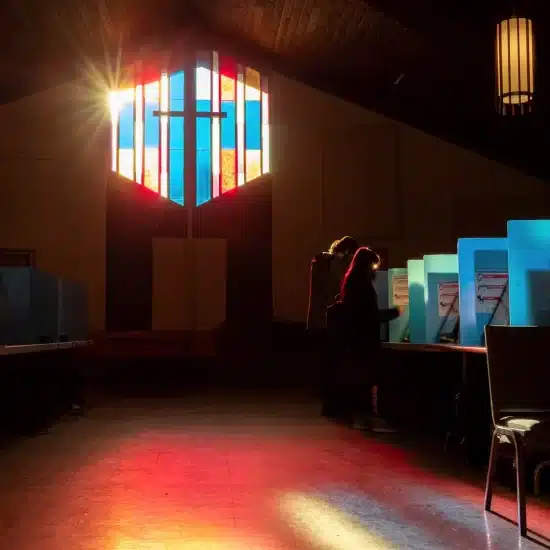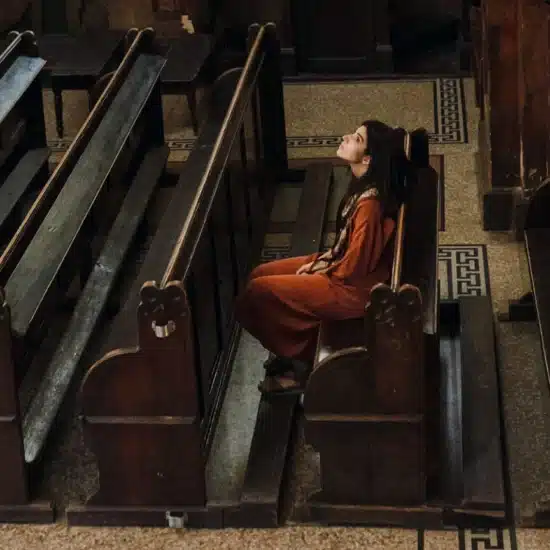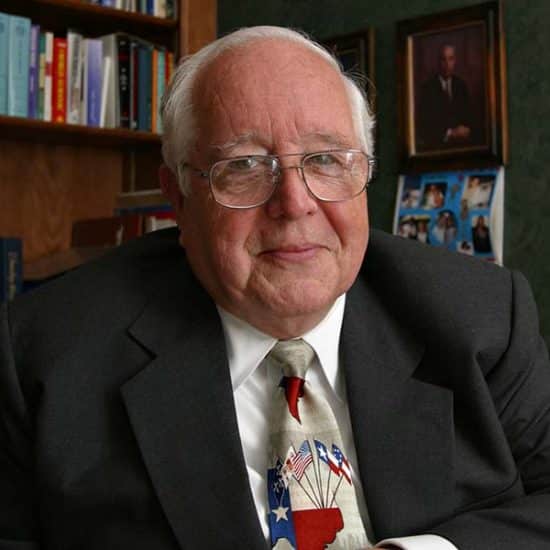WACO, Texas (ABP) — While newspapers carried headlines about high-profile sexual-coercion lawsuits filed against Atlanta mega-church pastor Eddie Long, a Baptist researcher said the problem of clergy sexual abuse is much larger than a few charismatic leaders who abuse their power.
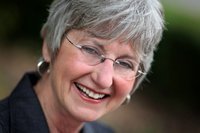
Diana Garland
|
"What we found is that this problem is so pervasive," Diana Garland, dean of Baylor University's School of Social Work and co-author of a groundbreaking study on sexual malfeasance by ministers, said Oct. 1 on National Public Radio.
Appearing on Michel Martin's "Tell Me More" program on NPR News, Garland said if the cases of reported abuse were spread around evenly across the country, every average-sized congregation with 400 members would include seven women who have experienced clergy sexual misconduct at some time since they turned 18. That includes only women who go to church regularly, not those who stopped attending after their abuse.
Instead of looking at the psychological makeup of abusers, Garland and co-author Mark Chaves of Duke looked for factors that set up a congregation for abuse.
One, she said, is when religious leaders have overlapping and multiple roles, such as religious leader and counselor, or perhaps a close family friend. "Those are conflicting roles," she said.
Another factor, Garland said, is that people refer to their places of worship as "sanctuaries."
"We expect them to be safe places, so we share, we confess personal thoughts and our struggles to religious leaders and they know those things about us, and we believe that they are there to protect us, not to harm us," she said.
Garland said religious leaders need to be there for church members in times of crisis. "To be that first line of care is very important," she said. "That's different than providing ongoing, weekly individual psychotherapy, which is a very different role and one that should not be confused with that of religious leader. They're simply different roles."
Another factor, Garland said, is that congregations tend to hold religious leaders in awe. "We put them on pedestals, and pedestals are very lonely places," she said. "There's very little accountability for how religious leaders spend their time or where they are."
Garland said it is easy to form an intimate relationship with someone through e-mail, cell phones and other technology that was not available a generation ago. Many people in the study reported religious leaders establishing an inappropriate relationship over time, frequently around the work of the church, making it difficult to identify when a boundary had been crossed.
Garland said she believes education is a key to addressing the problem, and it begins with the language that is used to describe what is happening.
"When a religious leader has a sexual relationship with a congregant, it's not an affair. It's abuse of power, power that we have all given of a leader as a community," she said. "So changing our language would be an important way for us to begin to have these conversations, then, about how we can protect both our leaders and our congregants."
Bob Allen is senior writer for Associated Baptist Press.
Previous story:
Baylor study: Clergy sexual misconduct with adults widespread


